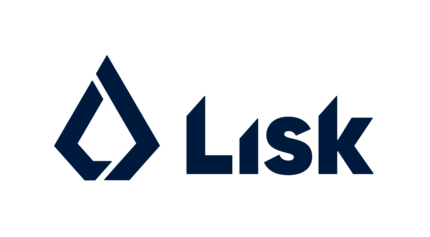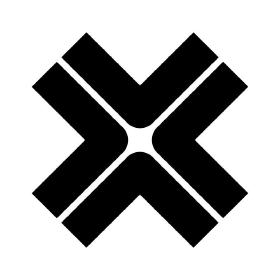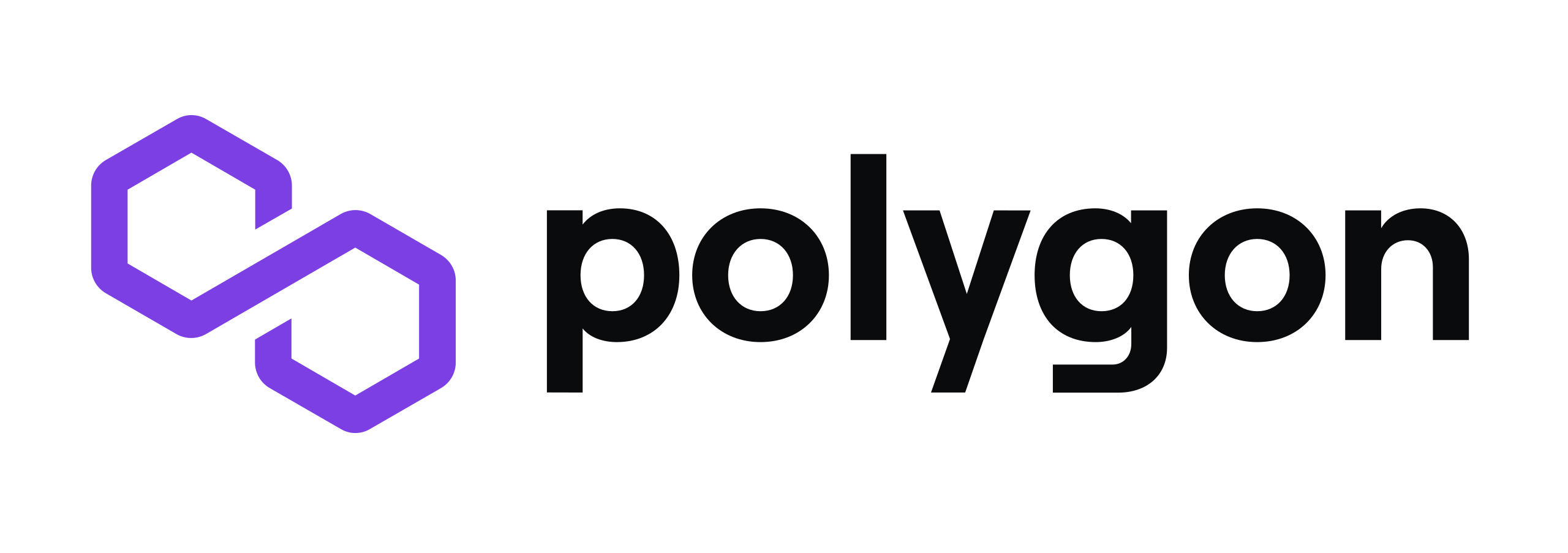
Lisk
Layer 2 blockchain built for founders in high-growth markets, based on the Superchain architecture.
Overview
Lisk is a Layer 2 blockchain platform designed to empower founders and developers in fast-growing markets. It is built on the Superchain architecture, which aims to provide scalable and interoperable blockchain solutions. Lisk focuses on enabling developers to build decentralized applications (dapps) using familiar programming languages and tools, facilitating easier adoption and faster development cycles.
The platform offers a modular framework that supports the creation of custom sidechains connected to the main Lisk network. This architecture allows projects to maintain independence while benefiting from shared security and interoperability features. Lisk targets enterprise blockchain teams and startups looking for a scalable and developer-friendly environment to launch their blockchain solutions.
Developers can get started with Lisk by exploring its comprehensive documentation and open-source SDKs available on GitHub. The platform emphasizes ease of integration and modularity, enabling teams to customize their blockchain applications without deep expertise in low-level blockchain protocols. Lisk’s focus on high-growth markets positions it as a practical choice for projects aiming to scale efficiently while leveraging a Layer 2 solution.
The Problem
Founders and developers in rapidly expanding markets face challenges in building scalable, interoperable blockchain applications that are easy to develop and maintain. Many existing Layer 1 blockchains lack the flexibility and developer-friendly tools needed for fast iteration and growth.
The Solution
Key Features
Lisk Alternatives
Explore web3 competitors and apps like Lisk.

Fuse
Start Building Now
Reliable RPC, powerful APIs, and zero hassle.
Resources
Lisk provides extensive developer resources including detailed documentation and an open-source SDK repository on GitHub to facilitate blockchain development.

















